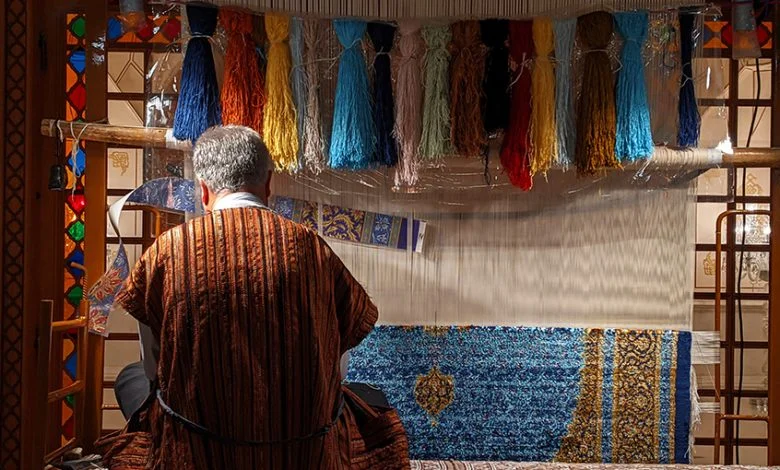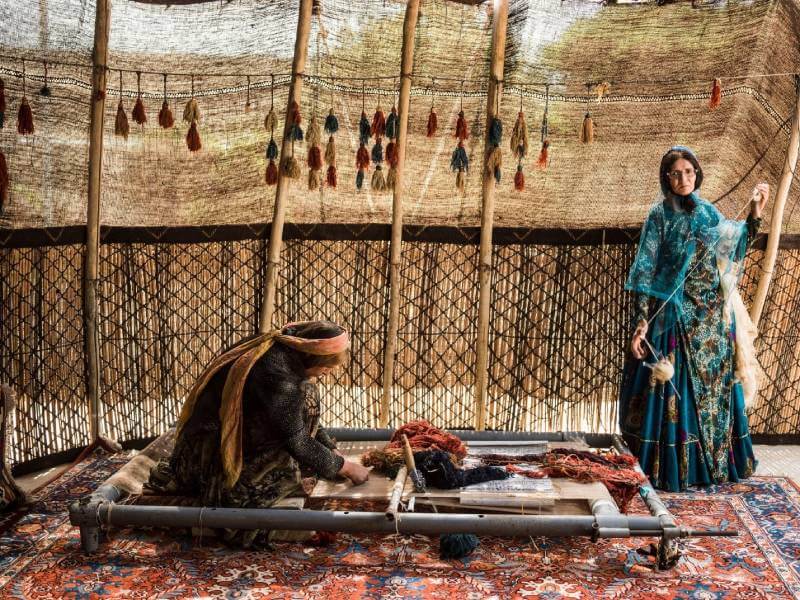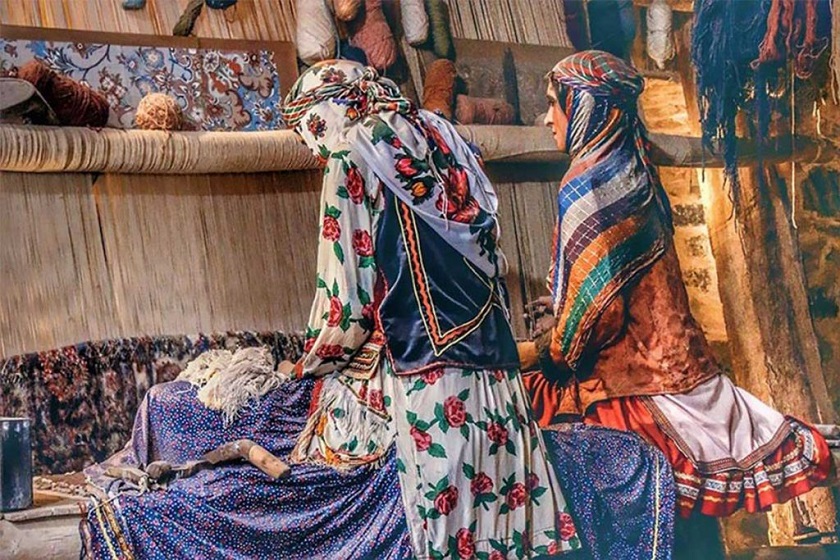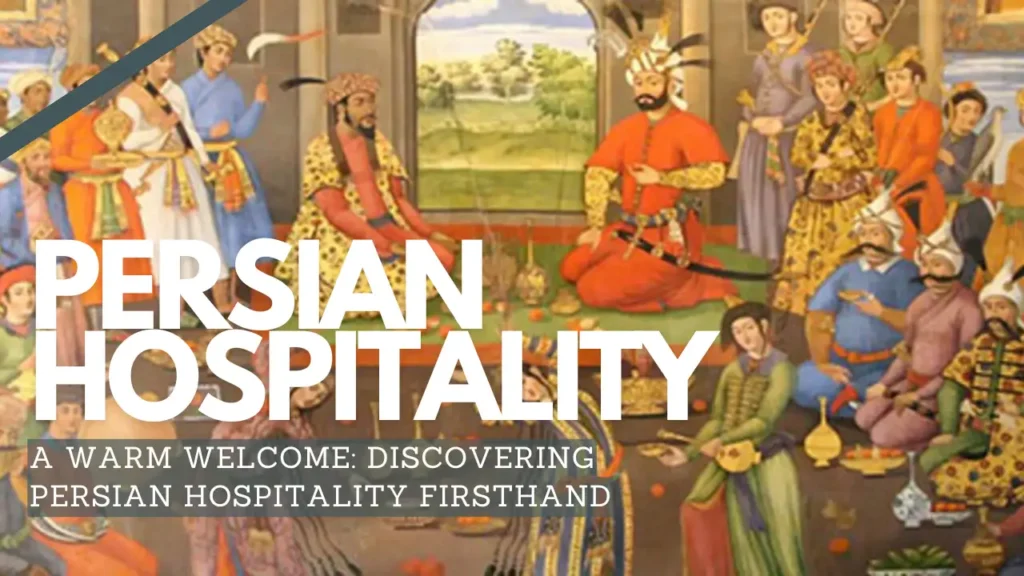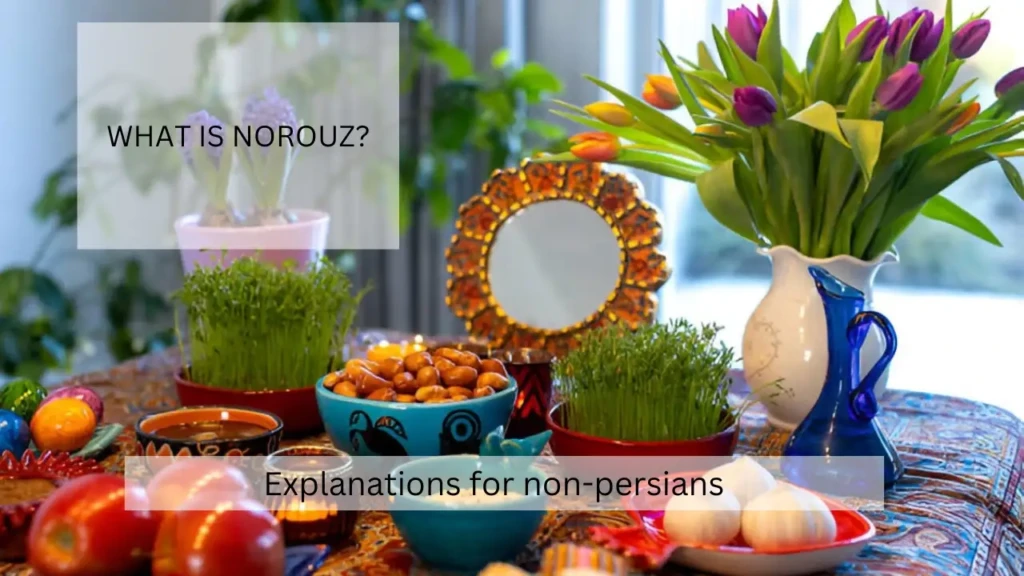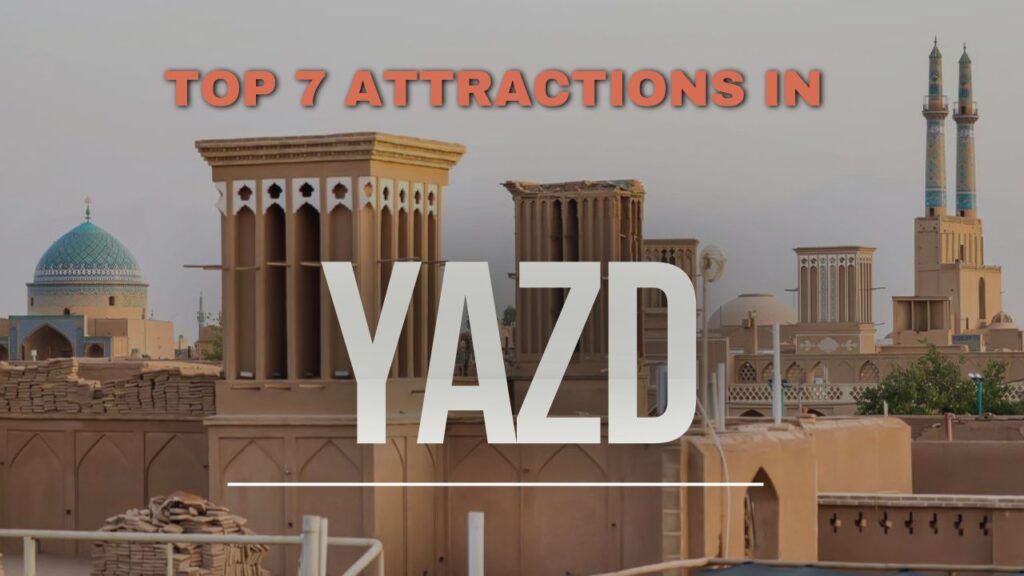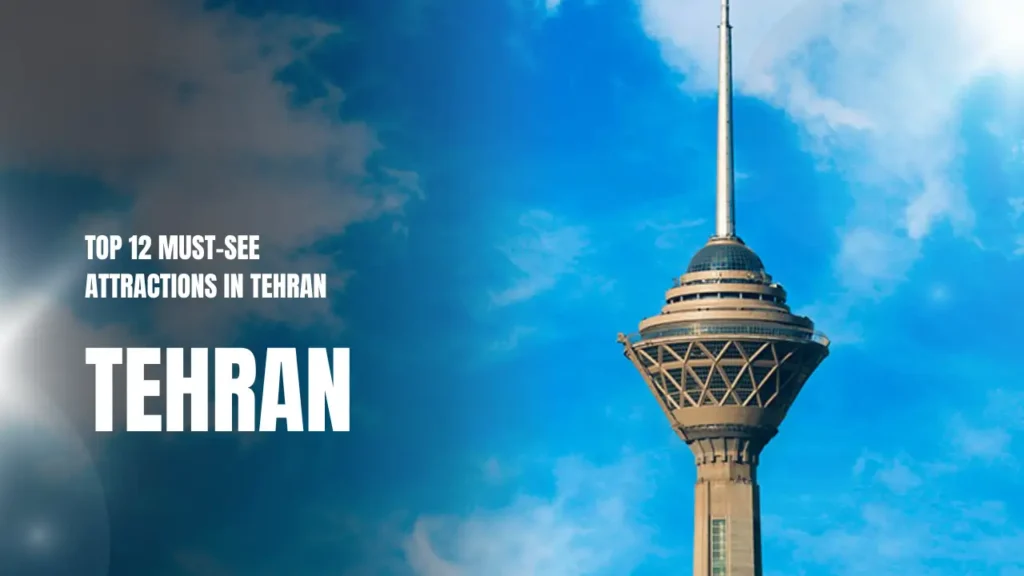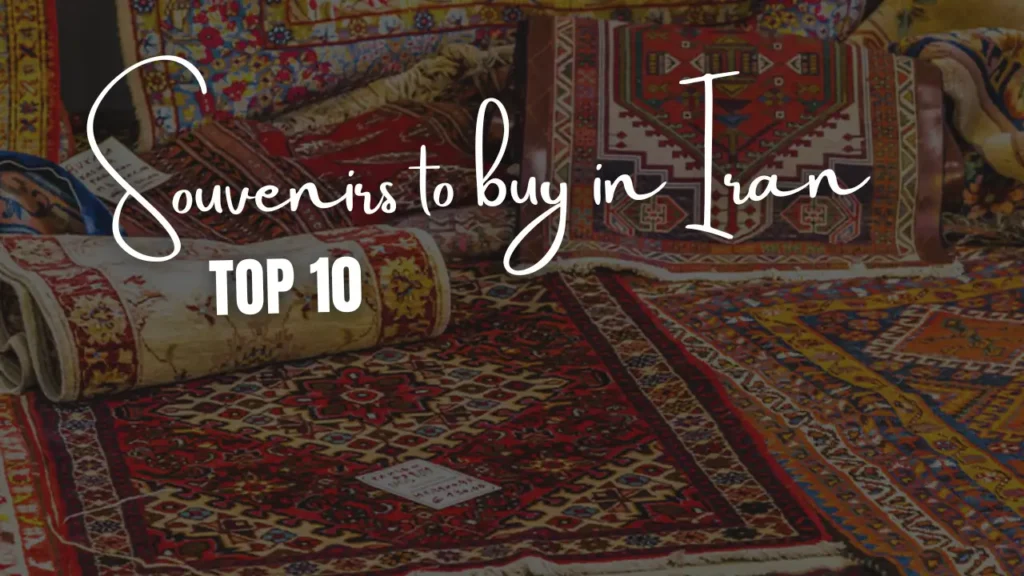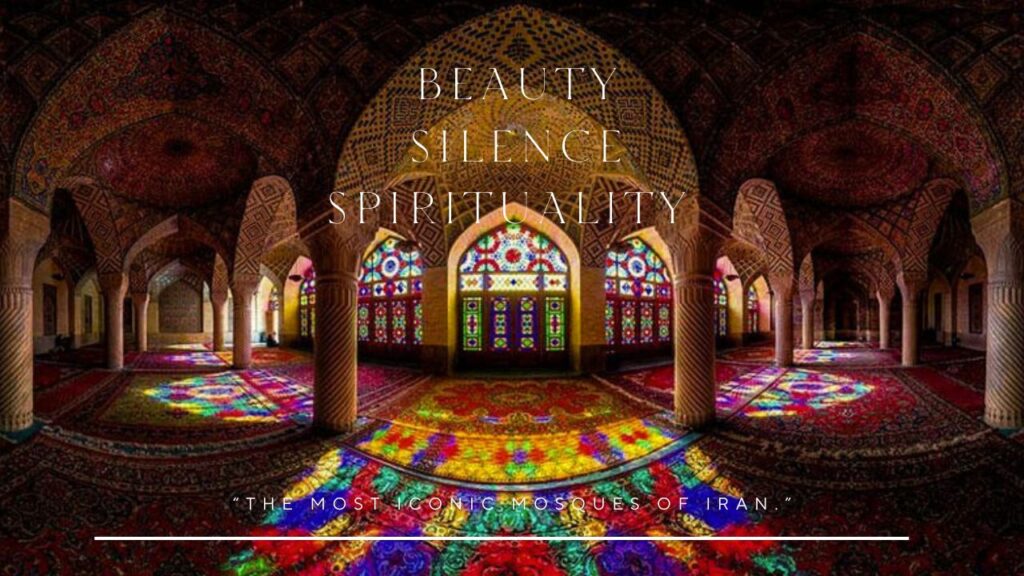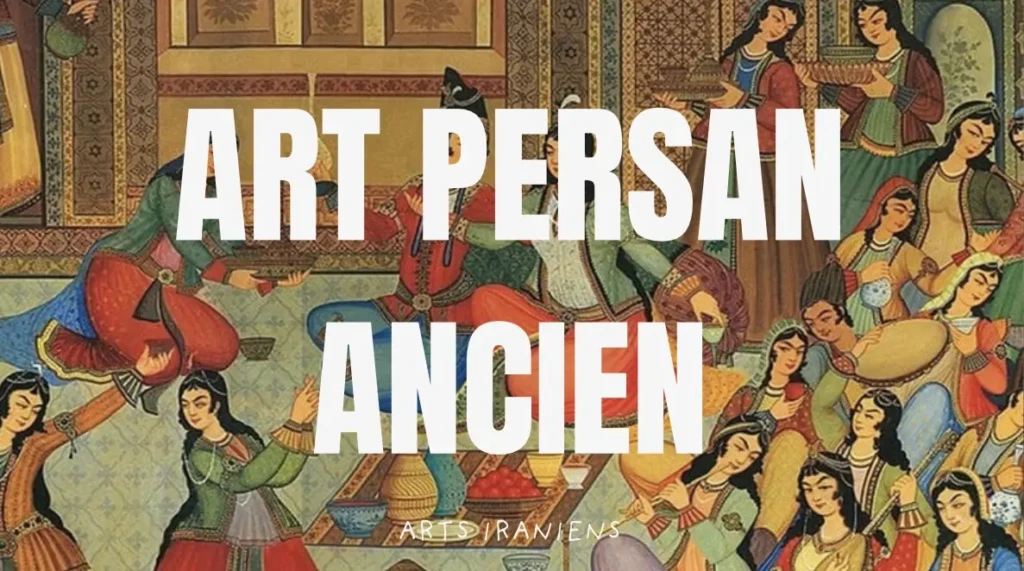Iranian handicrafts
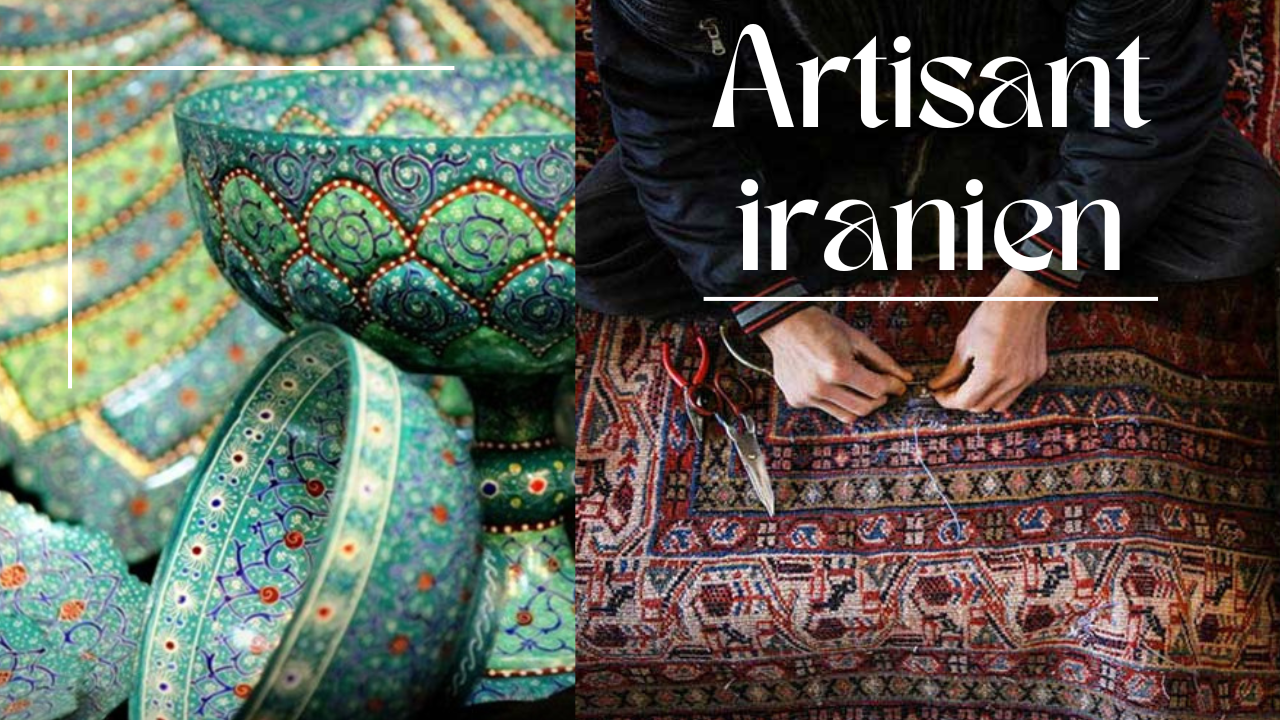
Traditional Iranian crafts: a journey to the heart of Persian heritage
Explore the many facets of traditional Iranian craftsmanship, which flourishes in the perfect marriage of tradition and innovation. Each piece in the repertoire, from Persian carpets to pottery, is the cornerstone of a rich cultural past, ideally present in these works, which not only serve practical purposes, but also carry the stories of generations, showcasing the refined skills of these craftsmen.
Experience art as present, as the definitive source of a sense of eloquent cultural potential and creativity, unique to this craft, witness to memories from generation to generation in the richly open, inventive Iranian artistic landscape. Iran is home to one of the world’s richest cultural heritages, encompassing every possible artistic expression, from woven carpets and miniatures to pottery, architecture and music, calligraphy, khatam-kari, glazed enamel and wood mosaics, all of which are part of a broadly diversified total.
Traditional Iranian craftsmanship is a living heritage that has embodied the history, art and culture of Persia for centuries.
This article presents some of the best-known works of art by Iranian artists, their talents and creativity.
Liste des titres que vous trouverez dans cet article
Iranian crafts: a testimony to cultural heritage
Iran is the birthplace of the carpet industry. The unearthing of the Pazyryk carpet, the oldest carpet ever found, in the Siberian mountains unveiled the designs of Persepolis reliefs picturing a similar weaving which indicates an ancient weaving tradition in Iran. Carpets produced in provincial cities and local centers, for example, Tabriz, Kerman, Mashhad, Kashan, Isfahan, Naïn and Qom, are characterized by an exchange of weaving techniques as well-balanced combinations of materials, colors and weaving patterns. The urban factories, such as the ones in Tabriz, were of the utmost importance in the recovery of the weaving tradition following times of peace.
The carpets woven by the villages and the variety of tribes have very fine wool, bright, elaborate colors and a traditional pattern.
Nomadic weavers and weavers from small villages are often more daring – some even more brutal – in their productions than those seen in workshops, which are considered less authentic and less traditional in Persia. This raw character is the best reflection of the origins of the textile tradition. Gabbeh carpets are the best-known example.
2. Persian miniature
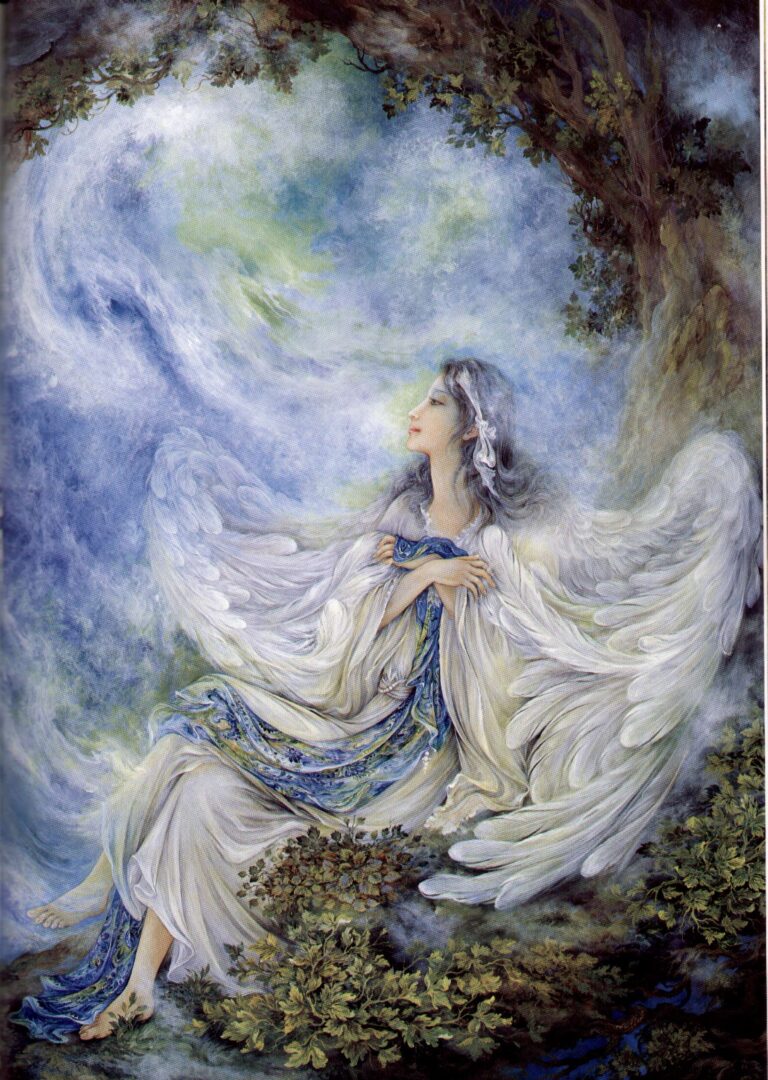
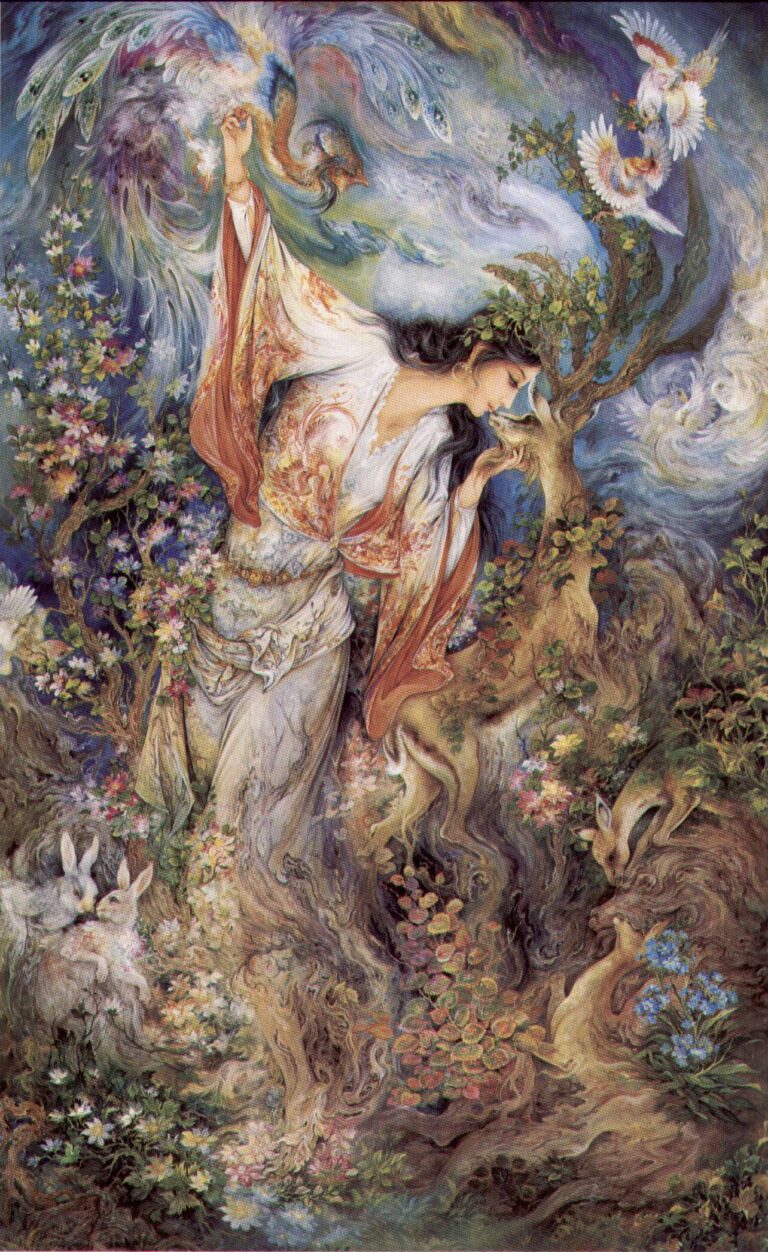
The most remarkable and well-preserved Iranian pictorial productions are to be found in manuscripts known as Persian miniatures. In Persian miniatures, the motifs do not reflect reality. Nearby landscapes are depicted in the lower section and distant ones in the upper section, none of them depicted from a frontal perspective
3. Pottery
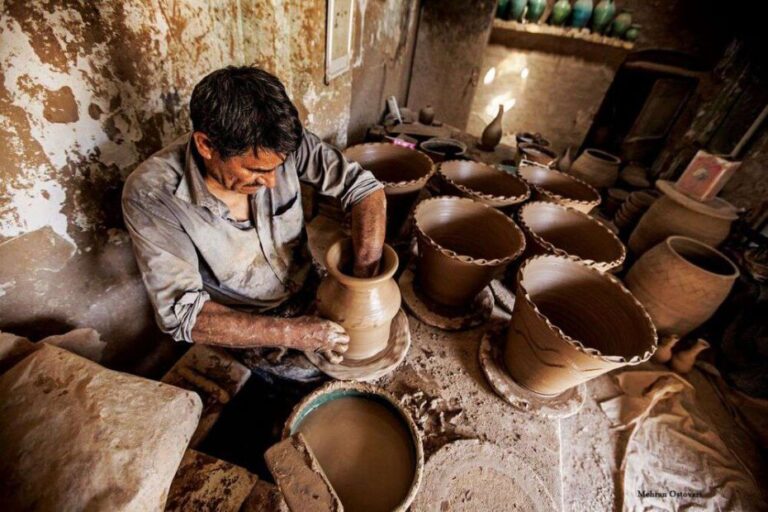
This is the technique used to make pots or pottery from ceramic materials, i.e. from clay. Clay is the most sought-after clay for this industry. Today, pottery is produced in almost every city in Iran, including Gonabad, Lalejin in Hamedan, Meibod in Yazd, Shah Reza in Isfahan, Zanvar in Azerbaijan, Kalporgan in Sistan-Baluchistan, Jouibar in Mazandaran and Siahkal in Gilan.
4. Architecture
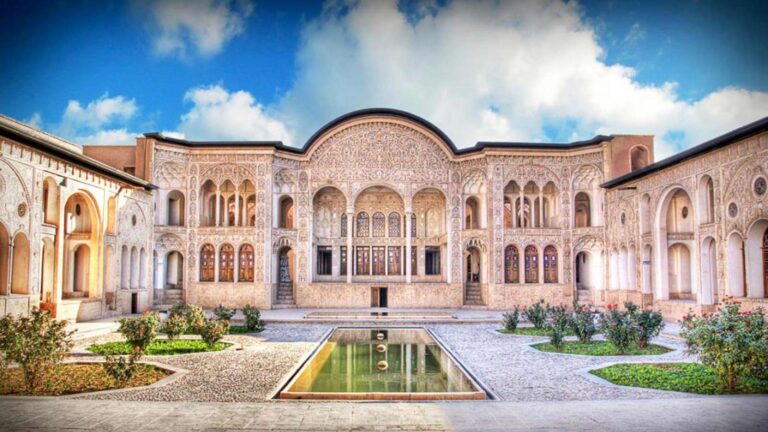
Iran is famous for its architecture dating back to the seventh millennium BC. This art form was developed for many reasons, not least of which was religious.
Iranian culture is invaluable when compared with architecture from one country and one region of the world to another. This comparison can be based on relevant drawings, precise mathematical calculations, respect for the various technologies and scientific issues involved in the construction process, high terraces, imposing pillars and a multitude of designs that illustrate the splendor of Iranian architecture.
5. Music
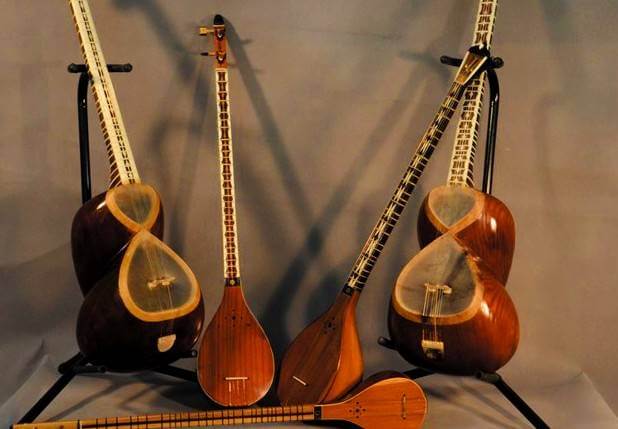
Let’s not forget that the music of the Iranian people was practiced 1000 years before our era, and that melodious, simple, easily accessible pieces are still played today. Reference music for much of Central Asia, Afghanistan, Pakistan, Azerbaijan, Armenia, Turkey and Greece, Barbod and Nakisa are the musicians of ancient Iran.
6. Calligraphy
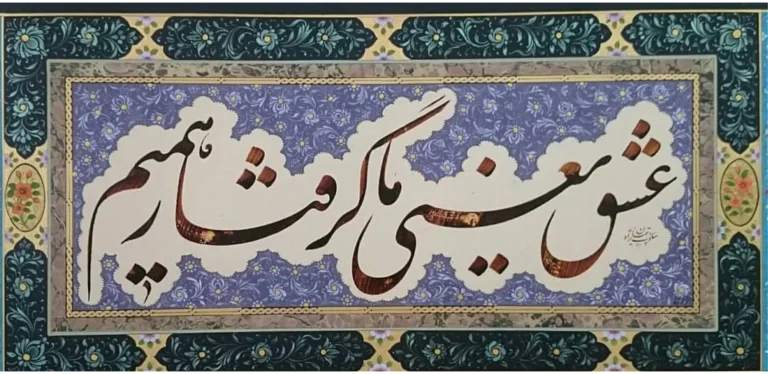
Calligraphy is widespread and even ubiquitous, and is central as a visual art in the Orient, the land of Islam and Iran. Islamic and Iranian calligraphy, of rare and exceptional beauty, harmoniously combines all its elements and segments. The notions of balance between the useful and the mobile, and between the frame and the context, allow this form with its many meanings to be traced.
7. Minakari
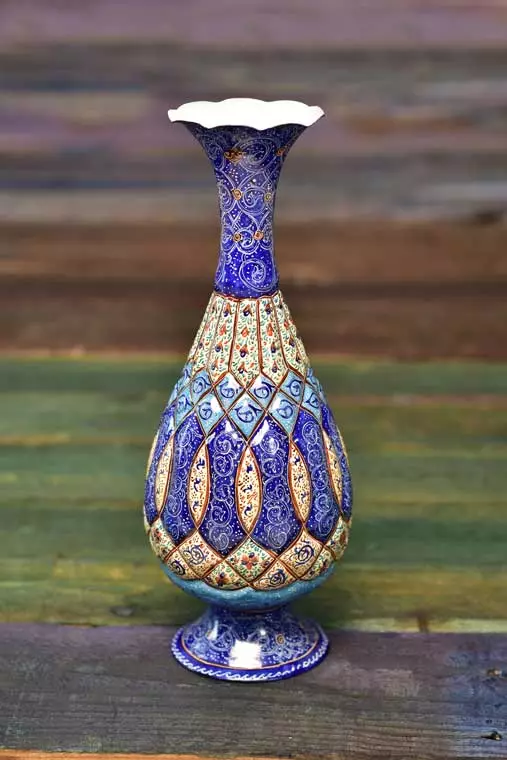
The art of minakari or enamelling, which is the miniature of fire and the decorative process of metal and tiles using mina glaze. Minakari or enameling is the art of applying pigments to, painting, coloring and ornamenting the surface of the metals using brilliant colors that are fused over them and decorated in an intricate design. The word mina is the feminine version of the Persian word Minoo, which means heaven. Mina refers to the azure color of heaven.
8. Termeh fabric
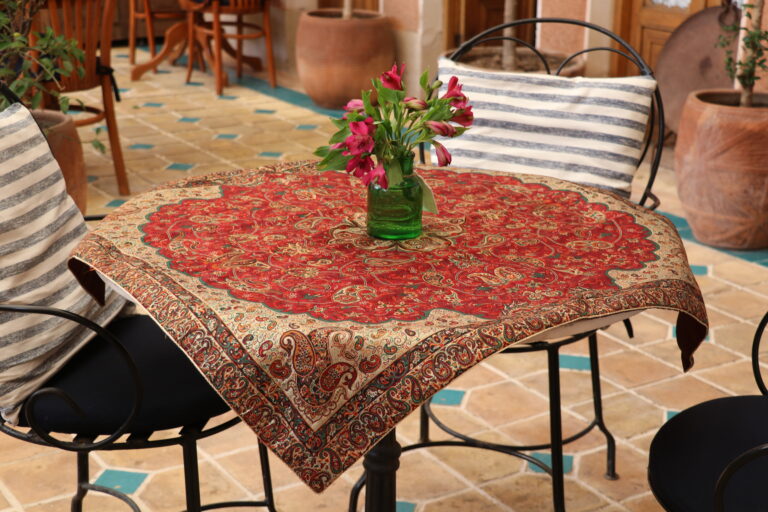
Iranian craftsmanship, precious and standard-setting, is Termeh fabric. Termeh is one of the finest Iranian fabrics, known to all thanks to its Bete Jaqeh pattern. The fibers of this fabric are extremely fine, and it is made from a variety of raw materials such as down, wool or silk, and comes in a variety of colors and patterns. The weft on the back of Termeh is loose and dense, while the surface is perfectly smooth and uniform.
9. Khatam
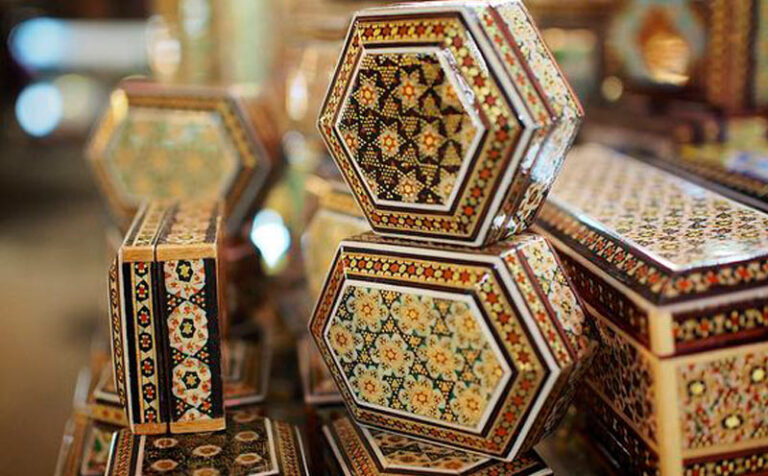
The Khatam is a kind of systematic polygon with a variable number of faces, made up of various elements of different colors. Five, six, seven, eight or ten elements are used in the khatam. This technique uses several types of wood, bone, certain metals and shells as the main materials for khatamkari. The origins of this art remain poorly understood, fuelling legendary tales.

